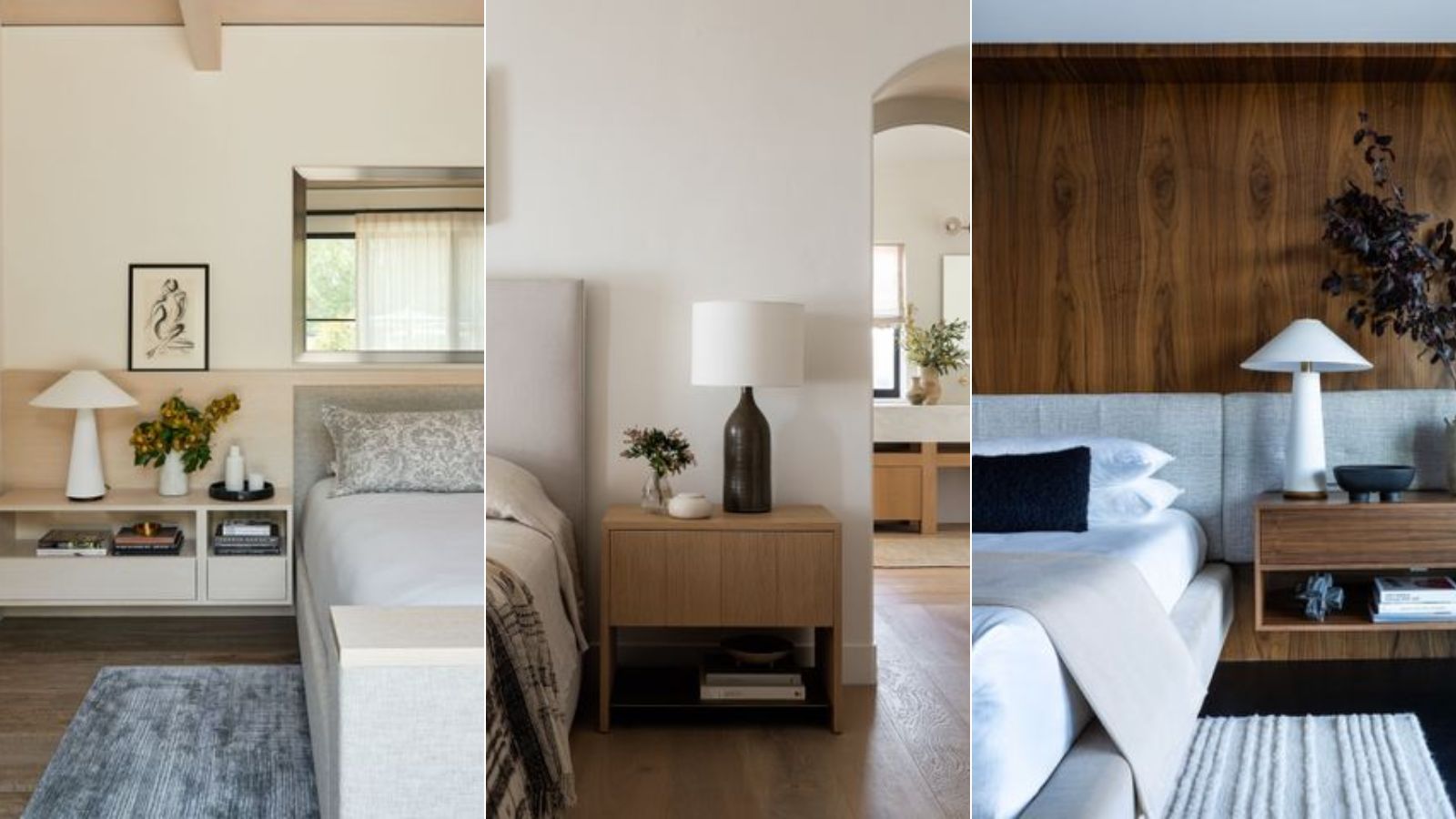
How we organize our bedrooms can make or break the quality of our sleep, and the minimalist style of Scandinavian design might just hold the key to a better night's rest.
Scandi design is more than a passing trend; it's a lifestyle ethos that values simplicity, functionality, and better living through good design. By applying Scandinavian organization techniques to your own home, you can transform your bedroom into a serene sleep sanctuary.
Below, our experts explain how to design and organize a bedroom using Scandinavian bedroom ideas to create a serene atmosphere that promotes restfulness and enhances your evening routine – helping to signal to your body that it's time for rest.
How Scandinavians organize their bedrooms for better sleep
'Environmental factors have such an instrumental role in impacting mood and sleep, and there's something about Nordic spaces – minimalist, with clean lines and sparse but lush textures – that beckons with a promise of tranquility,' says Mike Laauwe, founder of Positive Thinking Mind.
'Scandinavian organization techniques may hold the key to better sleep and mental well-being by creating a soothed state of mind.'
1. Declutter

'Visual clutter can be mentally overstimulating and may end up disrupting your sleep,' explains Devin Shaffer, Lead Interior Designer at Decorilla.
In Scandi design, minimalism and the less-is-more concept are not just an interior design trend; they're also a way to enhance a space's harmony. Reducing clutter to minimize distractions can create a calming environment, promoting relaxation before bedtime.
Embrace the Lagom philosophy, which translates to 'just the right amount', meaning creating balance in your space through moderation.
The first step is to assess your space and declutter any unnecessary items. Simplifying your surroundings can calm the mind and create a more inviting atmosphere. Identify what brings you joy or serves a practical purpose. Keep these within easy reach and let go of the rest.
'Also, avoid having bedroom furniture that is overcrowding your space and make sure your bedroom layout allows for easy flow to create a sense of airiness,' adds Devin Shaffer.
2. Organize a calm and orderly space
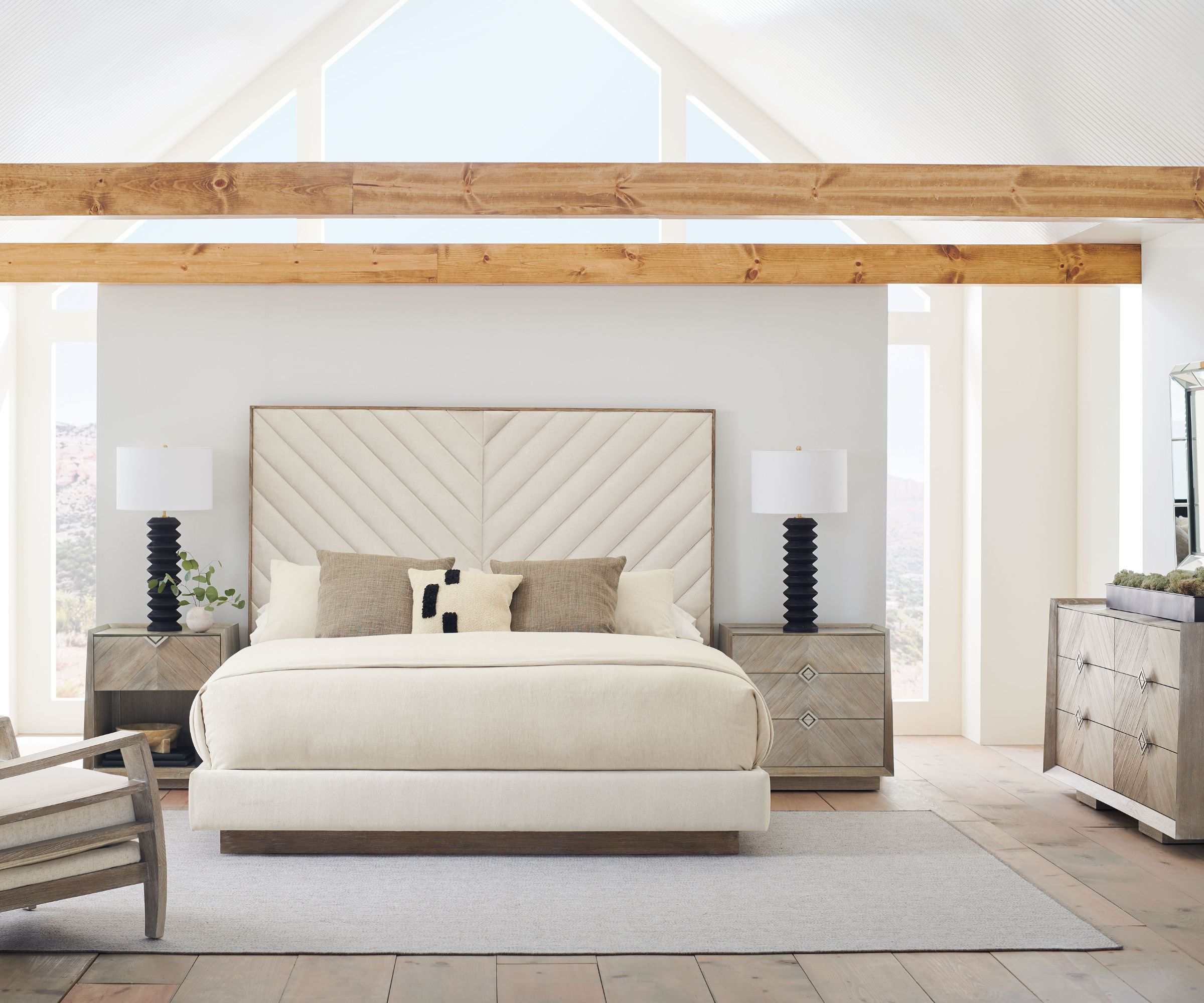
'A tidy and well-organized room is key to a peaceful mind. This practice not only keeps the room looking its best but also reduces stress and anxiety, paving the way for a better sleep experience,' says Georgina Ross, interior designer and founder of Simply Tablecloths.
There are a few ways to implement Scandinavian organization techniques in your bedroom:
Use discrete storage: Scandi organization aims to create a calm and orderly space, so invest in smart bedroom storage solutions to keep things tidy and place these in strategic locations where they won’t create visual clutter.
'Look for the best storage solutions, perhaps under-bed boxes, ottomans with storage compartments, or wall-mounted shelving to make more free space,' advises Devin Shaffer. 'You could also label all the drawers, shelves, and containers so that it’s easier to locate items.'
Designate a place for everything: In Swedish, 'ordning och reda' translates to order and organization. This concept emphasizes the importance of maintaining structure, and applied to your bedroom, this can create a more tranquil environment and purposeful bedtime routine.
'A place for everything and everything in its place means no last-minute scrambling for phones or hunting thrown-aside chargers – experiences that spike cortisol levels and stimulate the mind,' explains Mike Laauwe. 'Applied to bedroom organization, this paired-down ethos can ease our transition into sleep.'
Establishing order can help you create a more seamless bedroom closing shift to organize your sleep space.
Implement multi-functional furniture: 'Choose furniture that can serve multiple uses,' recommends Jacky Chou, principal and director at Archute. 'For instance, a bench that can also be a coffee table, a nightstand that can double as a desk, or a bed with storage drawers underneath. You can also look for furniture that can fold or stack when not in use, such as chairs, tables, or shelves, to create more room when needed.'
3. Maximize lighting
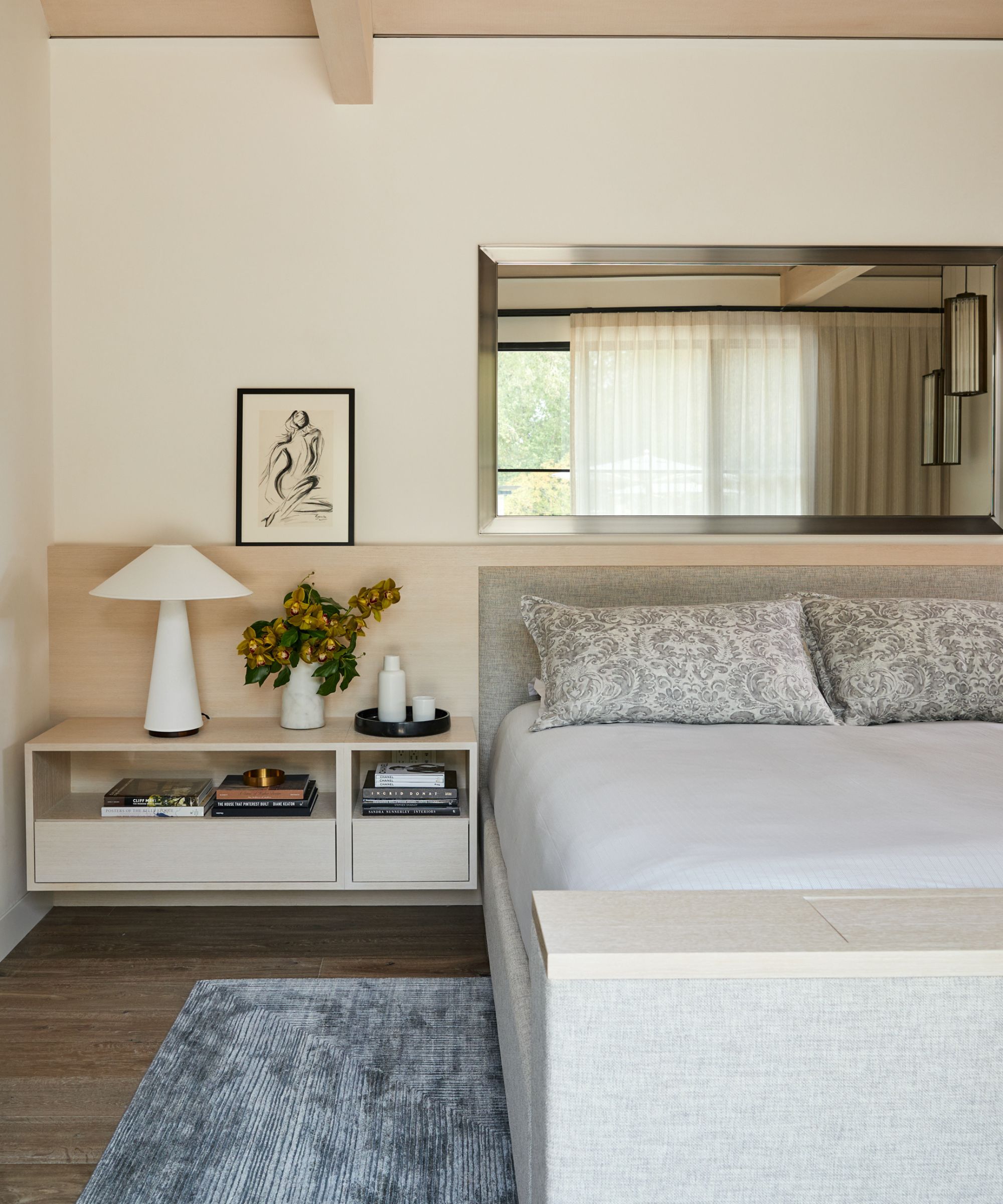
In Scandinavian countries, the long, dark winters have inspired an understanding of the importance of natural light.
To make the most of daylight, use sheer curtains that allow natural light to filter through. You can also position your bed to allow optimal natural light, but also consider where morning sunlight will shine.
While prioritizing natural light during the day is key, it's also important to manage light to regulate your sleep. Using blackout curtains to block the light during summer and utilizing the natural light during the winter season will regulate your circadian rhythms, improving your sleep-wake cycle.
Additionally, artificial bedroom lighting should be soft and diffused to create a warm and inviting glow. 'Creating a calm atmosphere is essential, so replace any harsh overhead lights with layered lighting options, like lamps and dimmer switches,' advises Devin Shaffer. 'Opt for warm bulbs with adjustable brightness to amplify that relaxing mood.'
We recommend this Feit electric smart LED light, from Walmart, which allows you to change brightness and light warmth via your phone.
4. Bedding
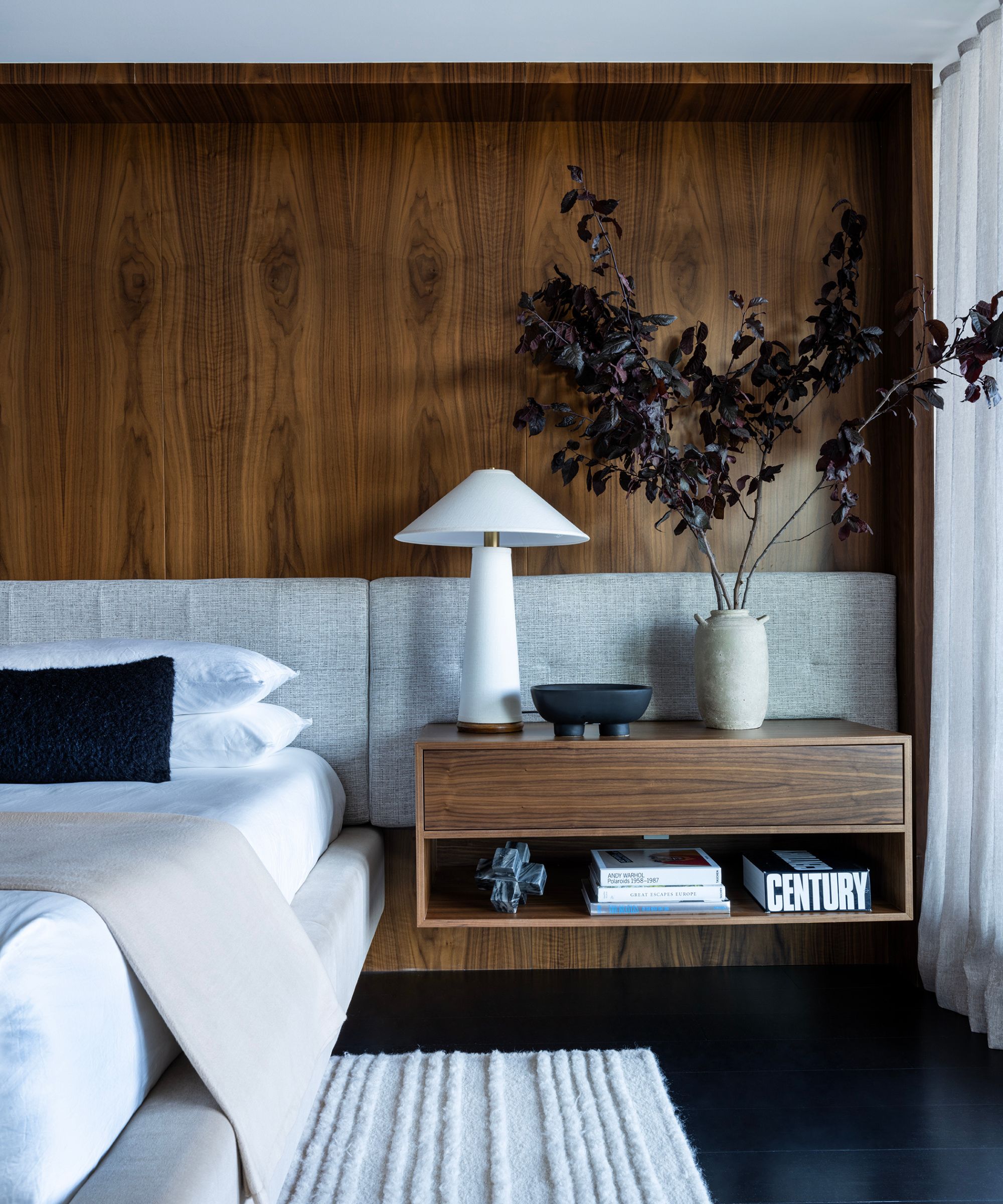
Your bed is the cornerstone of quality rest, so it should always be a focus when organizing your room for better sleep.
Scandinavian design prioritizes high-quality materials, so Georgina Ross recommends investing in high-quality bedding and a comfortable mattress. 'The tactile experience of your bed significantly affects your sleep, so choose breathable, natural fabrics that offer comfort and support.'
Additionally, if you share a bed with a partner, consider arranging your bedding using the Scandinavian sleep method of using separate duvets, where you switch out a double comforter for two singles to promote undisturbed sleep.
'Sleeping in the same bed as someone else and sharing a duvet with them can reduce sleep by 30%,' explains Alison Jones, a sleep expert at leading mattress brand Sealy.
Sleeping under two separate duvets or comforters rather than sharing one large-size cover helps to isolate motion, regulate temperature, and allow for customized comfort, leading to less disruptive and more restorative sleep.
5. Opt for a soothing color palette

Choose light, neutral colors for walls, furniture, and accessories to promote a sense of openness and tranquility. The less busy your bedroom color palette, the more serene your space will feel.
'Stick to neutral and earthy tones, complemented by soft pastels. These colors are gentle on the eyes and help create a tranquil space that encourages relaxation and unwinding before bedtime,' explains Georgina Ross.
6. Arrange furniture
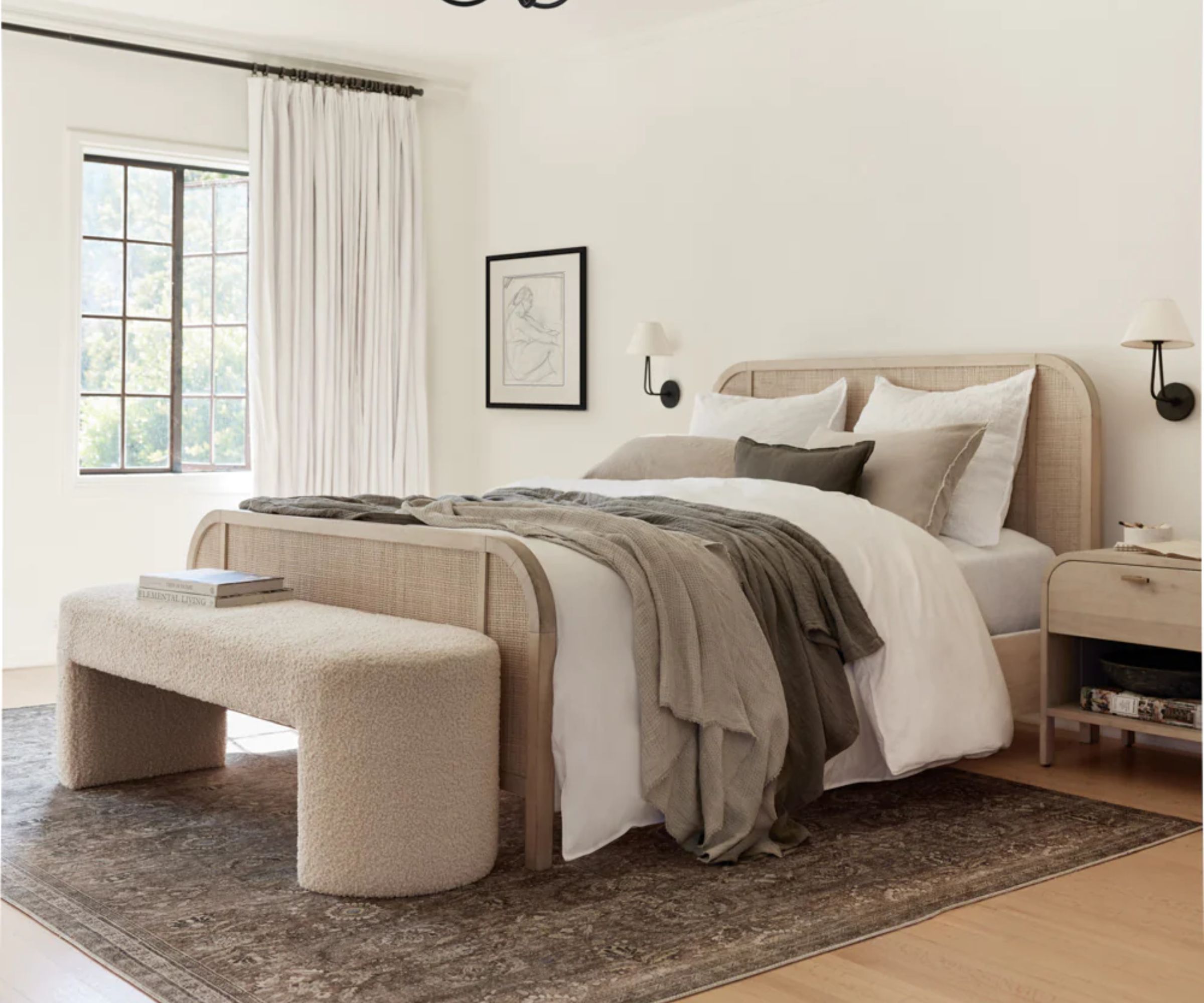
Create a serene environment by organizing furniture in a way that emphasizes Scandinavian minimalism, keeping the layout simple and open.
'Scandinavian style prioritizes only the essentials – beautiful, highly functional pieces – and rejects the extraneous,' says Mike Laauwe. 'This simplicity shapes spaces that feel clarified and uplifting rather than visually overstimulating and stressful.'
Consider traffic flow, natural light, and the placement of each piece to create a harmonious space. Place your bed away from the door and windows to minimize disturbances and create a sense of security. Ensure easy access to essential items like bedside tables and reading lamps for added convenience.
This not only creates a visually appealing environment but also promotes a sense of calm and order, essential for a restful night's sleep.
7. Incorporate natural elements
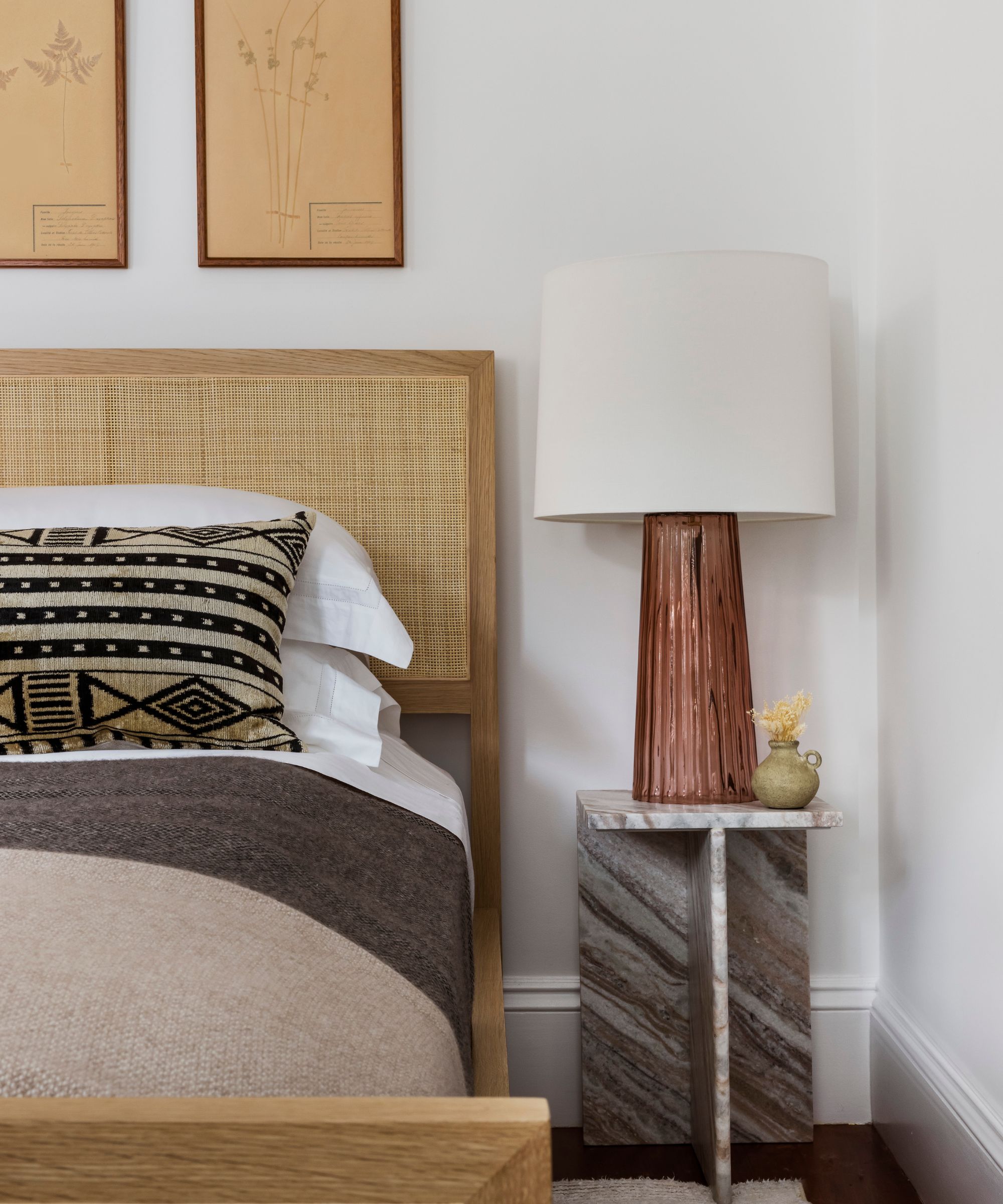
Hygge is a Danish term representing coziness and well-being, defined by textural details, comfortable touches, and neutral color palettes.
'This Danish style revolves around using natural materials to spruce up your space,' says Ivo Iv, founder and CEO of Decor Home Ideas. 'Utilize natural materials like wood, cotton, or wool for bedding and rugs, and keep the designs muted or with soft, harmonized patterns.
'Invest in high-quality breathable sheets, woven seagrass baskets, and comfortable textured materials in your furniture and decor. These materials will add warmth to the minimalist space, making it inviting and sleep-friendly.'
Finally, Kerry Sherin, home expert and a consumer advocate at Ownerly says: 'A little greenery also goes a long way in improving air quality and providing that nature-connected feel that's so intrinsic to Scandinavian design and improving sleep quality.'







